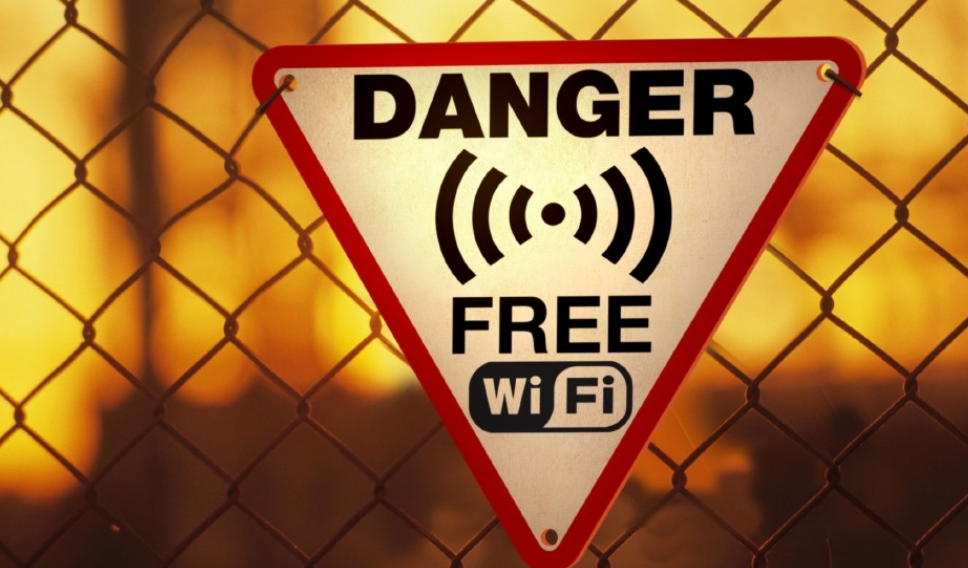
Almost everyone is offering open public Wi-Fi, coffee shops, hair salons, bookstores, hotels, airports, grocery stores, sporting arenas and fast-food restaurants just to name a few.
Public Wi-Fi offers a convenient way to connect but with that convenience comes the danger of having your personal and confidential information stolen.
These networks are not only convenient for you but also for hackers.
Hackers can setup a hotspot in a public area and name it something that makes users think they are connecting to the businesses public Wi-Fi hotspot. They often use the same SSID (the name of the network) as the business.
Hackers also use packet sniffing software to capture data sent across public Wi-Fi networks. They additionally take advantage of security vulnerabilities in routers to take control of the router.
What Can They Do?
Once you are connected to a malicious hotspot, hackers can intercept all the data that passes over the network from your device, they can steal your usernames and passwords, bank and credit card information, email messages and any other personal and confidential information you have. This can lead to identity, financial and even personal theft. They can also implant malware and take control of your device even after you leave the network.
How to Protect Yourself
The best way to protect yourself is to never use public Wi-Fi. It is just too risky but if you are intent on taking the risk there are steps you can take to minimize it.
Connect only to secure public Wi-Fi, a network that uses a password to connect.
Never do anything confidential when connected, this includes checking your email, logging into your bank or credit card accounts or paying bills.
Log out of websites when you are finished using them.
Use only secure websites, the address should begin with https. Secure sites offer more protection against hackers who are snooping on the network.
Create very strong passwords and use multi-factor authentication on every website that offers it.
Keep the operating system on your devices updated. Additionally, keep all programs and apps updated.
Use antivirus software.
Turn off automatic connectivity features including Bluetooth, file sharing, printer sharing and nearby sharing when you are not using those services.
Never download or install anything when connected to public Wi-Fi.
Configure the wireless settings on your devices to not automatically connect to wireless networks. Do this by turning off the “Connect Automatically” feature on your devices.
After using public Wi-Fi “forget the network” on your device, this prevents your device from automatically connecting to the network again without your permission.
Use a VPN (virtual private network) this allows you to surf the web anonymously. All activities are routed through an encrypted server. Be sure to choose a reputable VPN. While some VPNs are free, they do not offer the best security, buy your VPN from a trusted provider to ensure your data is safe.
Alternatives to Public Wi-Fi
Use your smartphone as a hotspot.
Use your data plan instead of Wi-Fi if you have unlimited data.
If you travel, consider getting a MiFi. A MiFi is a portable wireless router that connects to a cellular network. They use an encrypted secure connection and serve as a mobile Wi-Fi hotspot. They can host multiple connections at once.
